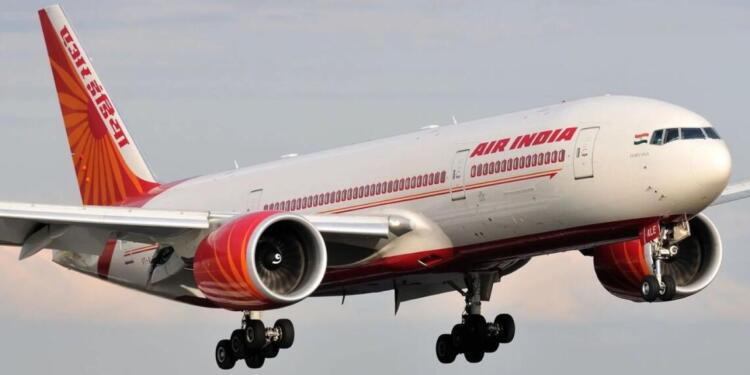Ever wondered how old the plane you’re about to board is? While most passengers are busy securing their seat, stowing their bags, or hoping to avoid a cramped middle seat, few take a moment to consider the aircraft itself. Surprisingly, learning the age of the plane you’re flying on is easier than you think and takes less than a minute—no apps or special access required. All it takes is your flight number and a brief search online. In just a few steps, you can discover not only how old the aircraft is but also its entire history, including where it’s flown before and which airlines have operated it. If you’re curious about the plane you’ll be traveling on, here’s how you can quickly uncover its details.
Is the Age of a Plane Important?
The age of a plane may raise concerns for some travelers, but it’s essential to understand that an aircraft’s age doesn’t necessarily determine its safety. What truly matters is how well it has been maintained. An older plane that’s consistently serviced and upgraded can be just as reliable as a newer model. However, older aircraft may show signs of wear, such as outdated interiors, dim lighting, or older seating, which could affect comfort levels during your flight. If comfort is a top priority for you, checking when the plane was last refurbished could give you an idea of what to expect. When it comes to safety, experts agree that the plane’s maintenance history, the quality of its servicing, and the experience of the flight crew are far more critical than the aircraft’s age.
How Old Is Too Old for a Plane?
Aircraft age is determined by the year it was built, not the number of flight hours or miles it has accumulated. To help you understand how the age of your plane compares to others, aviation experts break down the age categories as follows:
New planes: Up to 10 years old
Standard planes: 10 to 20 years old
Older planes: More than 20 years old
Planes that are over 30 years old are generally avoided for long-haul flights, though this can vary depending on the airline and the type of aircraft. That said, older planes that are well-maintained and regularly updated can still be in great condition and fully capable of providing a safe flight.
Simple Steps to Find Out the Age of Your Aircraft
You don’t have to wait until you’re at the airport to learn about the plane you’re flying on. It only takes a few minutes to find out, and all you need is your flight number. Here’s how you can easily discover the aircraft’s age in three straightforward steps:
Find your flight number: Your flight number can be found on your ticket, boarding pass, or email confirmation. It usually consists of two letters followed by three digits, such as AI302 or 6E203.
Use a flight tracking platform: Plug your flight number into a flight tracking website or app to retrieve the aircraft’s registration number. Popular websites include: FlightRadar24, FlightAware, Airfleets.net, Planespotters.net. These sites provide live updates on your aircraft, including its model, registration number, and real-time location.
Look up the aircraft’s history: After getting the registration number, head to platforms like Airfleets.net or Planespotters.net. Enter the number to learn about the plane’s construction date, which airlines have used it, and if it has undergone any significant updates or refurbishments.
Should You Worry About Flying on an Older Aircraft?
Aviation experts stress that an aircraft’s age is less important than how well it has been maintained. In India, the Directorate General of Civil Aviation (DGCA) conducts thorough checks and audits to ensure that all commercial planes meet high safety standards.
If you care about having a more modern in-flight experience, knowing your plane’s age can help you prepare for what to expect. While there’s no reason to be concerned about flying on an older aircraft, understanding its history and maintenance can help you make an informed decision about your travel experience.

































